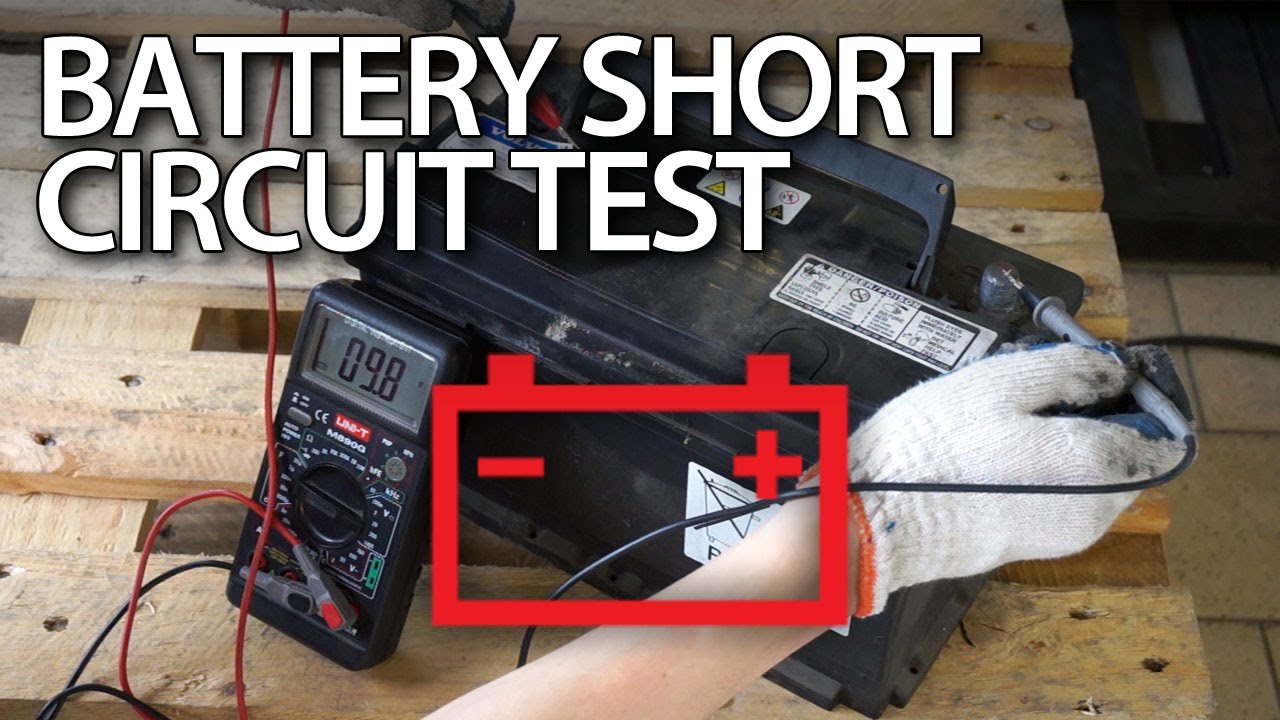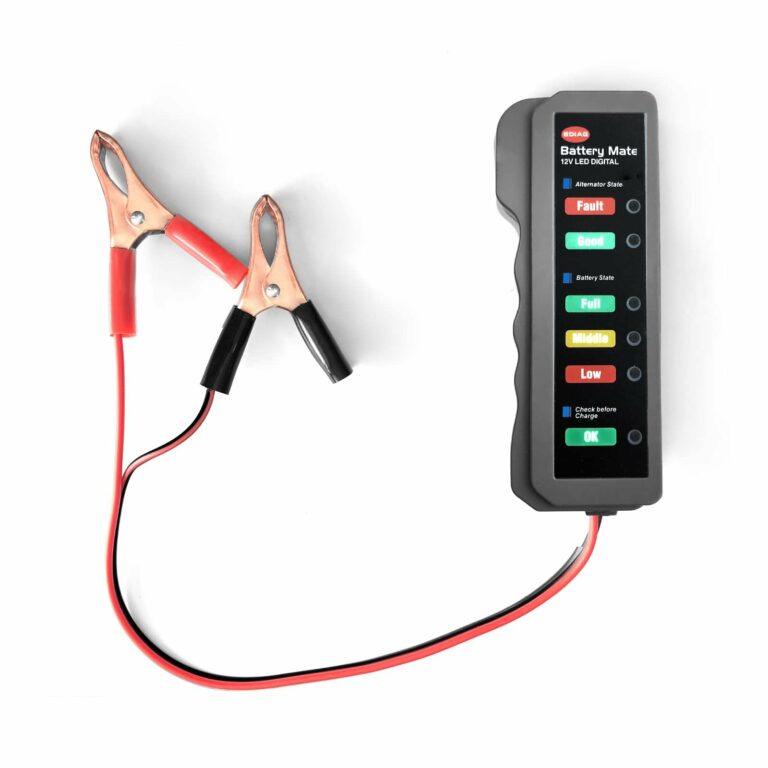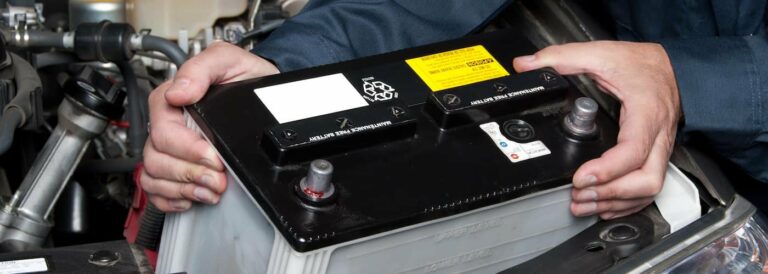How To Test Car Battery For Short Circuit
Are you wondering how to test a car battery for a short circuit? Well, you’re in the right place! It’s important to ensure that your car battery is functioning correctly to avoid any unexpected issues on the road. In this article, we’ll guide you through the process of testing your car battery for a short circuit, providing you with the knowledge and tools necessary to diagnose and resolve any potential problems. So, let’s dive in and explore the simple steps you can take to ensure your car battery is in top condition and ready to power your journeys.
How to Test a Car Battery for a Short Circuit?
Car batteries are essential for the proper functioning of your vehicle. However, sometimes a short circuit can occur, causing potential damage and reducing the lifespan of the battery. It is crucial to detect and address any short circuits promptly to avoid further complications. In this article, we will guide you through the process of testing a car battery for a short circuit, ensuring the optimal performance and longevity of your vehicle’s battery.
Section 1: Understanding Short Circuits
Before we delve into the testing process, let’s first understand what a short circuit is. A short circuit refers to an abnormal connection between the positive and negative terminals of the battery. This connection bypasses the intended electrical load and can lead to a range of issues, such as draining the battery, overheating, or even damaging the electrical system.
Section 2: Safety Precautions
Before testing the car battery for a short circuit, it is vital to ensure your safety. Follow these safety precautions to avoid any accidents or injuries:
2.1 Disconnect the Battery
To prevent electrical shocks or damage to your vehicle’s electronics, disconnect the battery from the car’s electrical system. Start by removing the negative (-) terminal, followed by the positive (+) terminal using a wrench. This step will isolate the battery from the rest of the electrical components.
2.2 Wear Protective Gear
When dealing with car batteries, it is essential to wear protective gear. Put on safety goggles and gloves to protect your eyes and hands from potential acid leaks or accidental sparks.
Section 3: Testing for Short Circuits
Now that we have discussed safety precautions, let’s move on to the testing process for short circuits in a car battery. There are a few methods you can use to identify if your car battery has a short circuit:
3.1 Visual Inspection
Start by visually inspecting the battery for any visible signs of damage or corrosion. Look for loose or frayed wires, broken connectors, or any signs of acid leakage. Examine the battery terminals and cables for excessive buildup of corrosion, which may indicate a short circuit.
3.2 Using a Multimeter
A multimeter is a versatile tool commonly used to test electrical circuits. Follow these steps to test the car battery using a multimeter:
- Set the multimeter to the DC voltage mode.
- Connect the positive (red) probe to the positive terminal of the battery.
- Connect the negative (black) probe to the negative terminal of the battery.
- Observe the voltage reading on the multimeter.
- If the reading shows a voltage close to or above 12 volts, the battery is likely free of a short circuit.
- If the reading shows little to no voltage or fluctuates rapidly, there may be a short circuit.
3.3 Using a Test Light
Another method to test for short circuits is by using a test light. Here’s how you can perform this test:
- Connect the test light clip to the positive terminal of the battery.
- Touch the probe end of the test light to the negative terminal of the battery.
- If the test light illuminates brightly, it indicates a short circuit.
- If the test light remains dim or does not illuminate at all, the battery is likely free of a short circuit.
3.4 Professional Assistance
If you are unsure about performing the tests yourself or suspect a severe electrical issue, it is always recommended to seek professional assistance. An experienced mechanic or auto electrician will have the necessary expertise and equipment to accurately diagnose and fix any short circuit problems.
Section 4: Preventing Short Circuits
Prevention is key to avoiding short circuits in your car battery. Here are some preventive measures you can take:
4.1 Regular Maintenance
Stay proactive in maintaining your car battery by cleaning the terminals regularly. Remove any corrosion buildup using a mixture of baking soda and water. Ensure the battery connections are tightened securely to prevent loose connections that can contribute to short circuits.
4.2 Insulating Battery Terminals
Consider using battery terminal protectors or insulating sprays to shield the terminals from environmental factors like moisture and dirt. This additional insulation can reduce the chances of a short circuit.
4.3 Avoid Overloading Electrical System
Excessive electrical load can strain your battery and increase the risk of a short circuit. Be mindful of the electrical accessories you use, and avoid overloading the system. Turn off any unnecessary lights or electronics when the vehicle is not in use.
Section 5: Conclusion
Testing your car battery for a short circuit is a crucial step in maintaining the optimal performance of your vehicle. By following the methods outlined in this article, you can identify and address any short circuit issues promptly. Remember to prioritize safety by following the recommended precautions and seeking professional assistance if needed.
Remember, prevention is key to avoiding short circuits. Regular maintenance, insulating battery terminals, and mindful use of the electrical system can go a long way in prolonging the life of your car battery. Stay vigilant in testing and taking care of your battery to ensure a smooth and hassle-free driving experience.
Section 6: FAQs
Here are some frequently asked questions related to testing car batteries for short circuits:
6.1 Can a short circuit damage my car battery?
Yes, a short circuit can damage your car battery. It can drain the battery, cause overheating, and even damage the electrical system of your vehicle.
6.2 How often should I test my car battery for a short circuit?
It is recommended to test your car battery for a short circuit at least once a year as part of regular maintenance. However, if you notice any signs of trouble, such as dim lights or difficulty starting the vehicle, it is advisable to test the battery immediately.
6.3 Can I fix a short circuit in my car battery myself?
In most cases, simple short circuits caused by loose connections or corrosion can be fixed by cleaning and tightening the battery terminals. However, if you are unsure or suspect a severe electrical issue, it is best to seek professional assistance.
Remember, addressing short circuits promptly not only ensures the longevity and performance of your car battery but also contributes to the overall safety of your vehicle.
How to check car battery short circuit? (car diagnostics)
Frequently Asked Questions
How can I test a car battery for a short circuit?
To test a car battery for a short circuit, follow these steps:
What tools do I need to test a car battery for a short circuit?
You will need a digital multimeter, protective gloves, and safety glasses.
Can I test the car battery for a short circuit without any tools?
No, testing a car battery for a short circuit requires the use of a digital multimeter to measure electrical continuity.
What precautions should I take before testing the car battery for a short circuit?
Before testing, ensure the engine is turned off, disconnect the negative battery terminal, and wear protective gloves and safety glasses.
How do I perform a short circuit test on the car battery?
Set the digital multimeter to the resistance or continuity mode, touch the meter leads to the positive and negative battery terminals, and observe the reading. A low resistance or continuity reading indicates a short circuit.
What should I do if the car battery tests positive for a short circuit?
If a short circuit is detected, you should have the battery inspected by a professional technician to identify and repair the cause of the short circuit.
Can a short circuit in the car battery cause other electrical issues in the vehicle?
Yes, a short circuit in the car battery can potentially cause other electrical issues in the vehicle. It is important to address the short circuit promptly to prevent further damage to the vehicle’s electrical system.
Final Thoughts
In conclusion, testing a car battery for a short circuit is crucial to ensure the proper functioning and longevity of the battery. By following the steps outlined in this article on ‘How to test a car battery for a short circuit?’, you can easily identify any possible short circuits and take necessary measures to rectify them. Regularly checking for short circuits can prevent potential damage to the battery and other electrical components in the vehicle. By being proactive in testing and addressing short circuits, you can maintain the performance and reliability of your car’s battery, thereby avoiding unexpected breakdowns and costly repairs.



